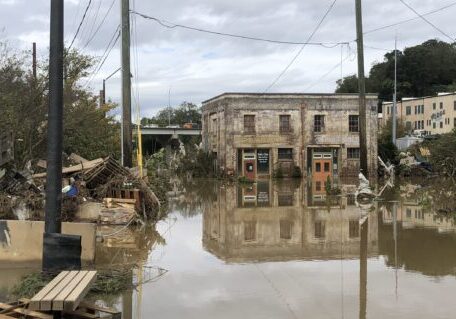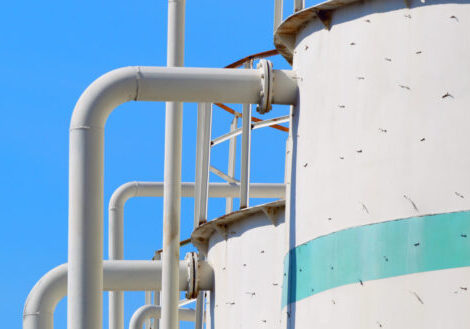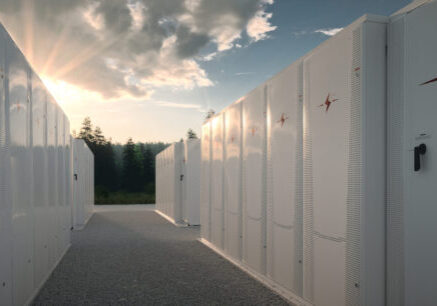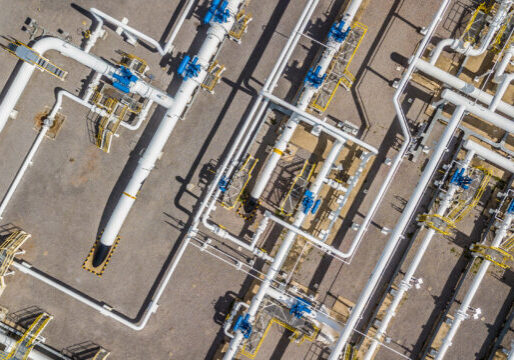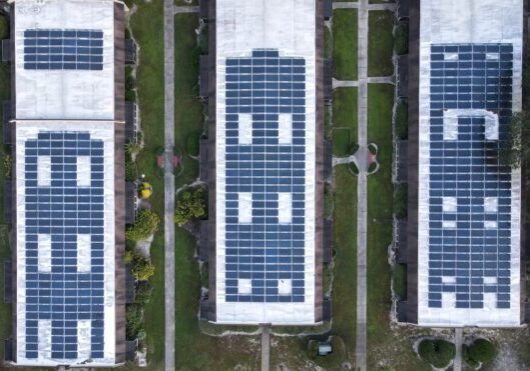July 11, 2013
States Seek Resilient Power Solutions
By Todd Olinsky-Paul
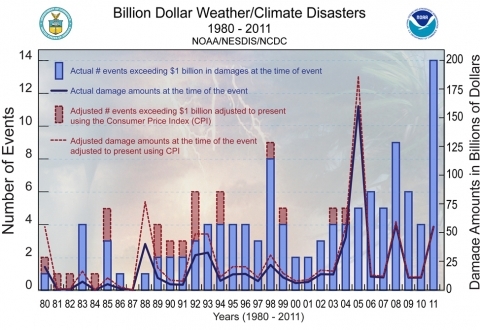
- The nation’s ability to produce, deliver, and store energy is affected by climate change.
- Climate change impacts are expected to vary regionally, but vulnerabilities in one region may have broader implications due to the interconnected nature of energy systems.
- Vulnerabilities of interdependent sectors, such as oil and gas production and electricity generation sectors, may compound one another and lead to cascading impacts.
- Optimal public and private responses to climate change will depend on many factors, including the availability of climate-resilient energy technologies and the cost of various adaptation strategies.
These conclusions will not be news to anyone who lost power during Superstorm Sandy… or Hurricane Irene… or the Mid-Atlantic and Midwest derecho… or any of the severe storms that seem to be recurring with increasing frequency and severity. These natural disasters have real costs, both in human suffering, and in dollars and cents; and these costs are increasing, as shown by the NOAA/NESDIS/NCDC chart above.
As they have done in the areas of clean energy and energy efficiency, states are now taking the lead in addressing the problem of energy sector vulnerability, especially electric grid vulnerability. As an example of state actions, consider Connecticut’s Microgrids Initiative, investing $15 million annually for three years to build self-sustaining electrical systems that can continue to function, enabling the provision of critical services, when the larger grid goes down; proposed combined heat and power (CHP) and energy storage efforts in New Jersey, both aimed at improving energy resiliency; microgrid and district energy efforts in Massachusetts; CHP and fuel cell incentive programs in New York; and an upcoming energy storage RFI in Vermont. The Northeast has been particularly hard hit by recent storms, but grid vulnerability has been felt everywhere, and these initiatives in the Northeast are being mirrored in many other states, from Florida to California.
Here at Clean Energy Group and Clean Energy States Alliance (CESA), we have two projects that address this important and timely issue. CESA’s Energy Storage Technology Advancement Partnership (ESTAP) project, under contract with Sandia National Laboratories and U.S. DOE, builds federal/state partnerships, offering material and consulting support to states in getting energy storage projects built. And Clean Energy Group’s new Resilient Power Project will be working with Northeast energy officials to share their policy experiences and to develop smarter programs going forward. We are also looking at ways to help cities make their energy sectors more resilient in the face of future extreme weather events.





